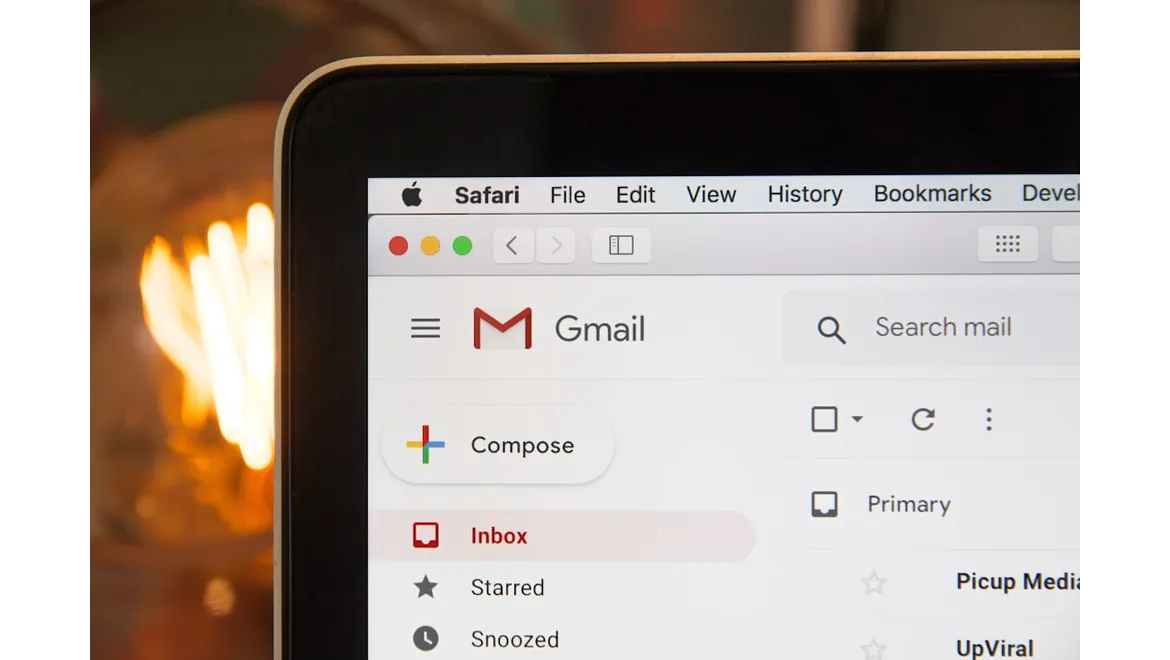Right, so I recently snagged an interview with Kiera, the marketing whiz behind [Company Name]’s frankly bonkers conversion rate increase (that X% jump was real!). We were chatting about their winning ‘Case Study: How [Company Name] Achieved [X]% Increase in Conversions with AI-Powered Email’ and the conversation kept circling back to one thing: mind-blowing personalisation powered by AI. Forget basic demographics; we’re talking deep dives into customer behaviour. Let’s break down how they did it, because honestly, it’s pure genius.
Beyond the Usual Suspects: Behavioural Data is King
Kiera stressed that the old segmentation playbook – age, location, job title – is practically antique these days. ‘[Company Name]’ went all-in on collecting and analysing behavioural data. We’re talking: what products people browse, how long they linger on specific pages, what they’ve purchased before, abandoned cart items, even which social media posts they engage with. Think of it as building a comprehensive digital fingerprint for each customer.
“The key,” Kiera explained, “was connecting all these disparate data points. We integrated our CRM, e-commerce platform, website analytics, and social media data into a single, AI-powered platform. This gave us a 360-degree view of each customer.” To replicate this, you’ll need a platform capable of handling this data integration. Consider Customer Data Platforms (CDPs) as a starting point.
AI to the Rescue: Predicting the Future (Almost!)
This is where the AI comes in. ‘[Company Name]’ didn’t just track past behaviour; they used AI algorithms to predict future needs and interests. “We trained our AI models on historical data to identify patterns and predict what a customer is likely to be interested in next,” Kiera said. For example, someone who recently bought running shoes might receive emails about athletic apparel or running apps.
To achieve this, explore machine learning tools that offer predictive analytics. These platforms can analyse your customer data and provide insights into future purchase behaviour. Remember that training these models requires sufficient and clean historical data.
Micro-Targeted Campaigns: Speaking Directly to Individuals
With these AI-powered segments in place, ‘[Company Name]’ launched micro-targeted email campaigns. Imagine receiving an email tailored specifically to your browsing history and predicted needs. That’s the power of this approach. Kiera gave me an example: “Someone who had been viewing high-end coffee machines, and previously bought organic coffee beans, received a special offer for a barista course held locally. That level of relevance drives incredible engagement.”
Each email wasn’t just personalised with a name; it included product recommendations, content suggestions, and even offers tailored to that specific customer’s profile. The segmentation wasn’t static. The AI constantly re-evaluated and adjusted segments based on real-time behaviour, ensuring that emails remained relevant and engaging.
The Learning Curve: What ‘[Company Name]’ Learned Along the Way
Kiera was refreshingly honest about the challenges. Data privacy is paramount; you need to be transparent about data collection and usage and obtain consent where required. Also, building and maintaining these AI models requires expertise and ongoing investment. “It’s not a ‘set it and forget it’ situation,” she emphasised. “The AI needs constant refinement and retraining as customer behaviour evolves.”
Another key lesson? Testing. A/B testing different email versions, subject lines, and offers is crucial to optimise performance. ‘[Company Name]’ rigorously tested every aspect of their campaigns to identify what resonated best with each segment.
So, there you have it. The secret sauce behind ‘[Company Name]’’s phenomenal email success isn’t just about sending more emails; it’s about sending smarter emails. It’s about creating dynamic customer segments, leveraging AI to predict future needs, and crafting personalised experiences that resonate with each individual customer. Forget scattergun marketing, embrace the precision of AI-powered personalisation.











